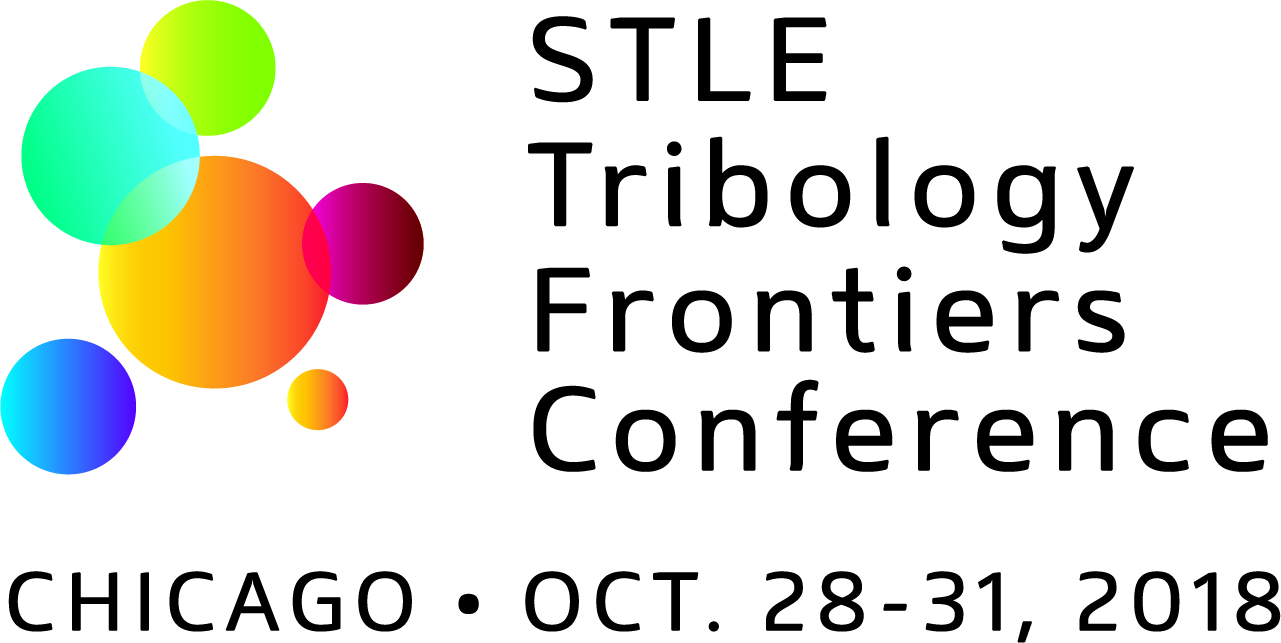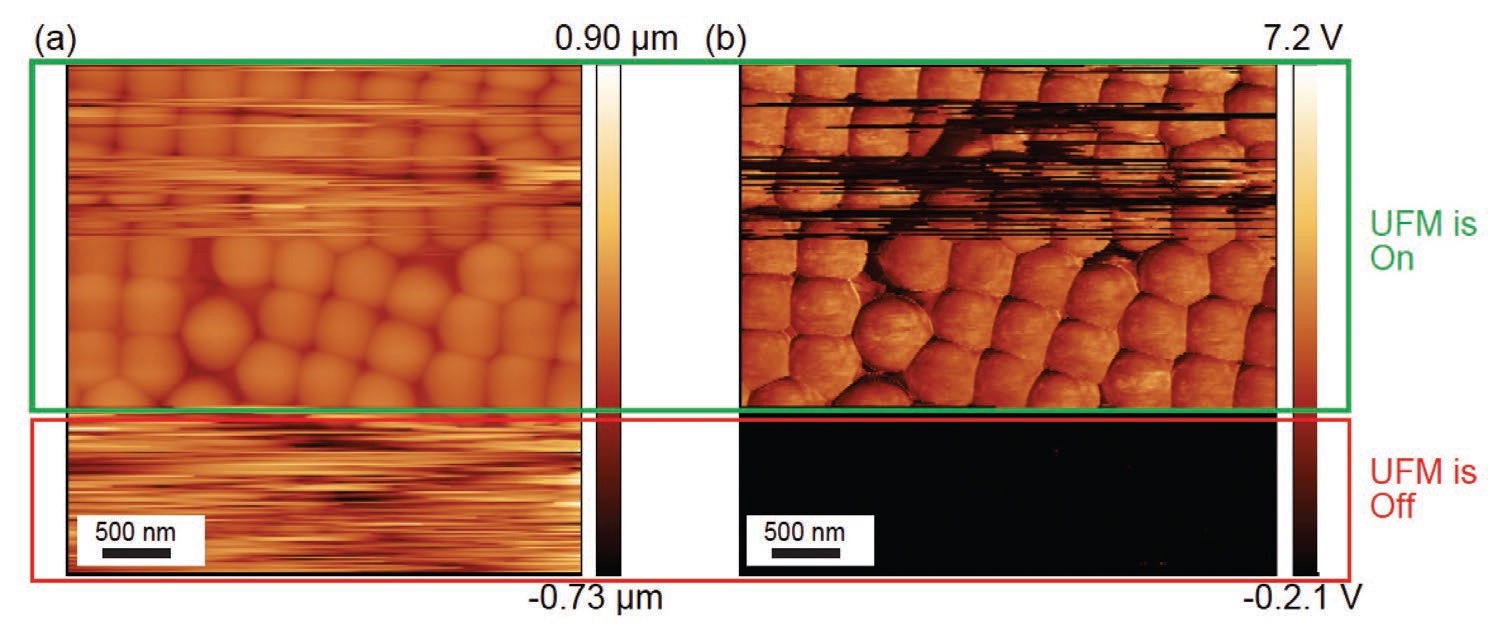Nanoscale Subsurface Imaging and Control of Friction using Ultrasonic Atomic Force Microscopy
Philip Egberts, Hossein Jiryaei and Seonghwan Kim | TLT 2016 TFC Abstract Highlights October 2017
For the benefit of our readers involved in tribology research, TLT is publishing abstracts of the best papers presented at the 2016 Tribology Frontiers Conference. Registration for the 2018 TFC opens in May. Until then, you can find 2018 updates and program information at www.stle.org.

Co-sponsored by ASME Tribology Division.
Ultrasonic atomic force microscopy (U-AFM) is a variant of conventional AFM whereby the sample and/or the tip is oscillated at very high (MHz) frequencies while scanning the tip over the surface. The typical use of U-AFM is to measure the size, shape and distribution of materials below the surface that are typically inaccessible to conventional modes of AFM, such as contact or tapping mode. Applications such as imaging filler distribution in nanocomposites or buried biological structures in cells have already been realized using U-AFM. However, the physical mechanisms responsible for image contrast in the U-AFM modes are currently elusive. Additionally, U-AFM has been shown to result in substantially reduced friction. Although, oscillating the tip at its mechanical resonance has been shown to substantially reduce friction, the high frequency of oscillations used in U-AFM and the contrasting tip-sample interaction result in difficulty in the determination of the mechanism by which friction is reduced in this case. In this initial study of physical mechanisms behind contrast formation in U-AFM, the foundation has been laid for further study into the tribological application and fundamental insight into friction reduction utilizing very high frequency oscillations. Such insights would bridge the gap between nanotribology and other fields, such as machining, where such high frequencies are often used to improve surface finishing during end-mill cutting, as well as reduce tool lifetime and energy costs.
 REFERENCE
REFERENCE
Hossein Jiryaei Sharahi, Gajendra Shekhawat, Vinayak Dravid, Simon Park, Philip Egberts and Seonghwan Kim,
Nanoscale 9 2330-2339 (2017).